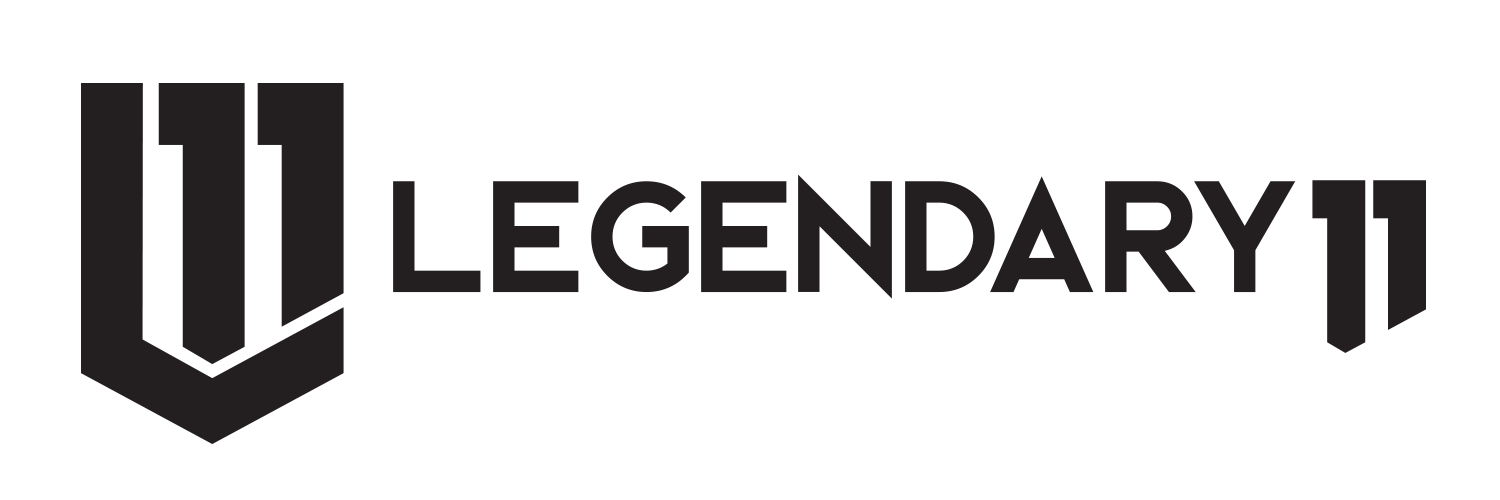Web guiding systems play a crucial role in industries such as printing, packaging, textiles, and battery manufacturing, where precise alignment of flexible materials is essential. However, handling flexible materials—such as thin films, foils, and nonwovens—introduces challenges due to their low stiffness, sensitivity to tension variations, and environmental influences. Addressing these challenges in web guiding for handling flexible materials requires advanced control systems, high-precision sensors, and adaptive automation.
Challenges in Web Guiding for Flexible Materials
1. Material Deformation and Wrinkling
Flexible materials are prone to wrinkling due to uneven tension distribution, variations in material thickness, and surface inconsistencies. Wrinkling can lead to quality defects and production inefficiencies.
2. Tension Instability and Edge Curling
3. Sensor Limitations for Material Detection
Detecting the edges or center of flexible materials can be challenging, especially for transparent, reflective, or perforated surfaces. Conventional sensors may struggle to provide accurate readings, leading to guiding errors.
4. High-Speed Processing Issues
At high production speeds, minor misalignments can escalate into significant defects, increasing material waste and requiring frequent machine stoppages for corrections.
5. Environmental Influences on Web Stability
Temperature fluctuations, humidity changes, and static electricity can affect material behavior. High humidity can cause materials to expand or stick together, while static buildup can lead to erratic movement.
6. Multi-Material Handling Challenges
Production lines often process multiple types of flexible materials with different mechanical properties. A one-size-fits-all guiding system may not provide optimal alignment for all materials, requiring frequent manual adjustments.
Solutions for Effective Web Guiding
1. Adaptive Tension Control Systems
Maintaining uniform tension across the web is critical for preventing deformation and misalignment. Advanced tension control solutions include:
Closed-Loop Tension Control – Sensors continuously monitor tension levels, and automated feedback systems adjust rollers or brakes to maintain stability.

Load Cells and Dancer Rolls – These components help regulate tension by compensating for variations in material elasticity and speed.
Zonal Tension Adjustments – Multi-zone tension control ensures that different sections of the material maintain optimal tension, reducing edge curl and web distortion.
2. High-Precision Sensor Technologies
Accurate material detection is essential for effective web guiding, especially for transparent, reflective, or porous materials. Advanced web guide sensors include:

Infrared Sensors – Ideal for detecting materials with varying opacity, improving alignment accuracy.
Ultrasonic Sensors – Effective for guiding nonwoven and perforated materials where optical sensors may struggle.
Vision-Based Sensors – High-resolution cameras with AI-driven edge detection enhance accuracy, even in high-speed operations.
3. Advanced Edge and Center Guiding Systems
Web edge guiding systems adjust material alignment based on real-time edge or center position detection. Effective solutions include:
Edge Guiding Systems – Utilize sensors to track the material’s edge and automatically correct its position through actuator-controlled rollers.
Center Guiding Systems – Maintain the web’s center alignment, ideal for applications requiring precise symmetrical positioning.
Hybrid Guiding Systems – Combine edge and center guiding to handle materials with irregular edges or varying widths.

4. Real-Time Feedback and Closed-Loop Control
Modern web guiding systems integrate closed-loop control mechanisms, which continuously adjust guide rollers based on sensor feedback. These systems:
Reduce Response Time – Minimize deviations by making real-time corrections.
Enhance Process Stability – Maintain alignment even at high production speeds.
Integrate with Automation – Connect with PLCs and Industry 4.0 platforms for predictive adjustments and process optimization.
5. Smart Guide Actuators for High-Speed Operations
Flexible materials require responsive actuators to prevent misalignment, especially at high speeds. Smart actuators offer:
Fast-Response Correction – Adjust web position within milliseconds.
Low-Friction, High-Precision Movement – Ensures smooth operation without damaging delicate materials.
Compact, Energy-Efficient Designs – Reduce operational costs and improve machine integration.
6. Static Elimination and Environmental Compensation
Environmental factors like static electricity, temperature, and humidity can affect web stability. Effective countermeasures include:
Anti-Static Devices – Ionizers and grounding bars neutralize electrostatic charges to prevent web sticking or misalignment.
Climate Control Systems – Maintain consistent temperature and humidity levels to reduce material expansion or contraction.
Material-Specific Compensation – Adaptive control systems adjust guiding parameters based on environmental conditions.
7. AI-Driven Automation and Predictive Maintenance
Industry 4.0 advancements have enabled AI-powered web guiding solutions that enhance efficiency and minimize downtime. Key features include:
Machine Learning Algorithms – Automatically adjust guiding parameters based on historical data and real-time conditions.
Predictive Maintenance Alerts – Identify potential wear or system failures before they cause disruptions.
Remote Monitoring and Control – Cloud-based systems allow operators to monitor and adjust web guiding settings remotely.
Conclusion
Handling flexible materials in web guiding systems presents challenges such as tension instability, wrinkling, and sensor detection limitations. Implementing advanced solutions—such as real-time feedback control, AI-driven automation, precision sensors, and adaptive tension management—can significantly improve guiding accuracy, reduce waste, and enhance production efficiency.











Comments (0)